Imagine a place where the roar of a lion isn’t just a spectacle, but a battle cry for survival. Where each animal enclosure holds not only a resident, but a survivor with a story of hope, healing, and second chances. Across the globe, some zoos have transformed from simple attractions into lifelines for endangered creatures, combining the wonder of wildlife viewing with the critical mission of rescue and rehabilitation. These extraordinary institutions do far more than educate or entertain—they act as sanctuaries, hospitals, and safe havens for the planet’s most vulnerable animals. The next time you walk through a zoo’s gates, you might just be stepping into a frontline outpost in the fight to save wildlife from the brink.
San Diego Zoo Safari Park: A Sanctuary in Southern California

Nestled in the rolling hills north of San Diego, the San Diego Zoo Safari Park stands out as a beacon of wildlife rescue in the United States. Beyond its sweeping savannas and lush habitats, this park is renowned for its pioneering work in animal rehabilitation. Injured birds, orphaned mammals, and even reptiles find refuge here, receiving expert medical care and a chance to recover in environments that mimic their natural homes. Staffed by passionate veterinarians and biologists, the park’s wildlife care center operates around the clock, treating everything from broken wings to malnutrition. Many animals, once on the verge of death, have been nursed back to health and reintroduced into the wild. Their stories, shared with visitors, spark empathy and inspire a new generation of conservationists.
Singapore Zoo: Guardians of Asian Wildlife
In the heart of Southeast Asia, the Singapore Zoo has earned a reputation as both a world-class attraction and a vital rescue hub. Here, the focus extends far beyond showcasing exotic animals—staff frequently collaborate with local authorities to intercept smuggled or trafficked wildlife. Orangutans, pangolins, and sun bears rescued from illegal trade find safe haven within the zoo’s rehabilitation facilities. These animals receive tailored diets, physical therapy, and behavioral enrichment to aid their recovery. The zoo’s Animal Hospital is a hive of activity, treating injuries from snares or malnutrition caused by habitat destruction. Through its robust rehabilitation programs, Singapore Zoo not only saves lives but also helps educate the public about the perils facing Asia’s unique species.
Taronga Zoo: Australia’s Wildlife Lifeline
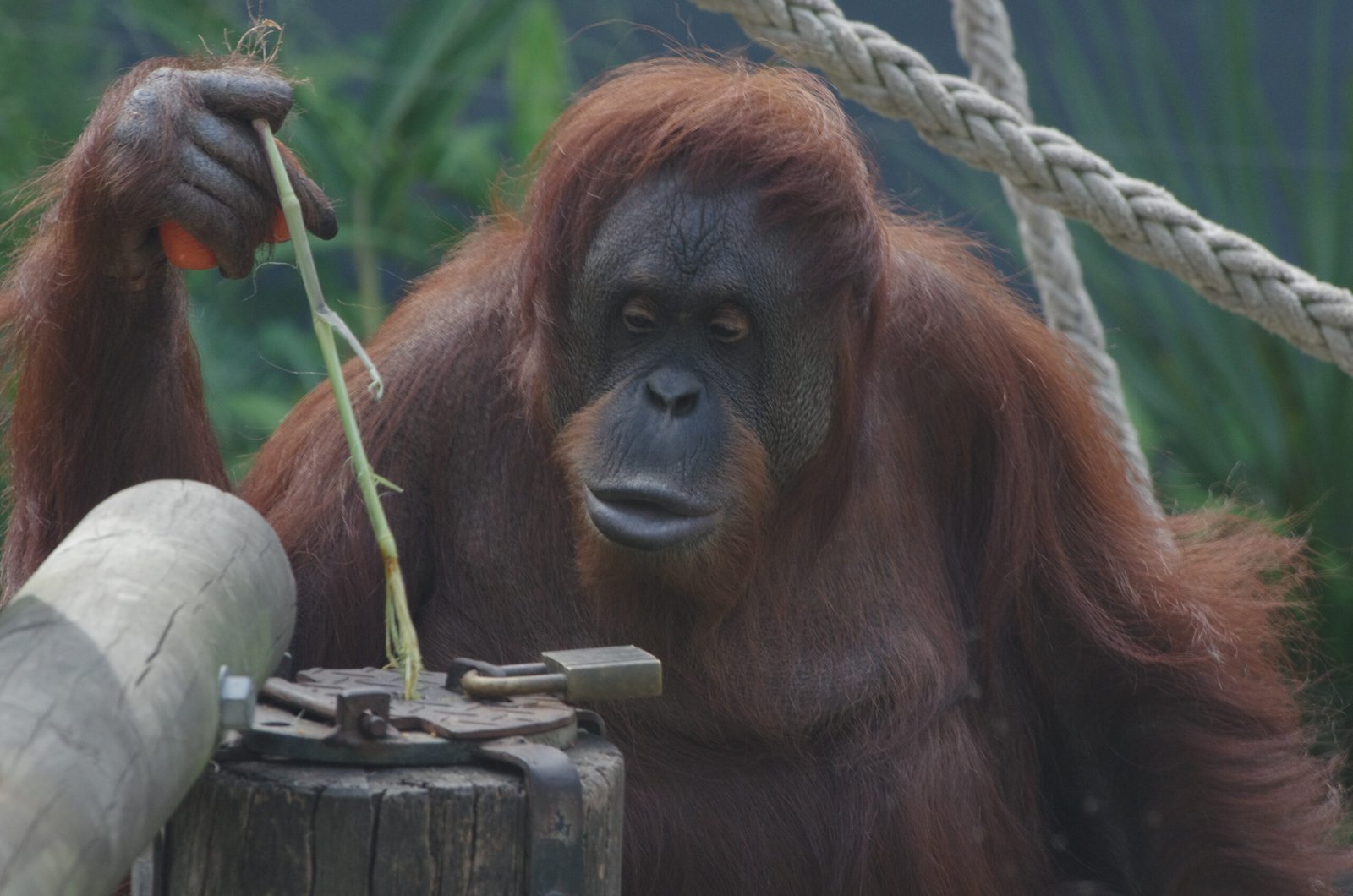
Taronga Zoo, perched above Sydney Harbour, is more than a scenic destination—it’s a critical rescue center for Australia’s threatened fauna. Every year, the zoo’s Wildlife Hospital treats thousands of native animals injured by bushfires, road accidents, or environmental disasters. From tiny sugar gliders to powerful sea eagles, creatures of all shapes and sizes are given expert care. Taronga’s staff often trek into the wild to assist with emergency rescues, especially during the devastating bushfire seasons that have become all too common. Their efforts have saved platypuses, koalas, and echidnas, reuniting them with their habitats once healed. The zoo’s commitment to wildlife rescue resonates deeply in a country where unique species face mounting threats.
Bronx Zoo: Urban Rescue in New York City
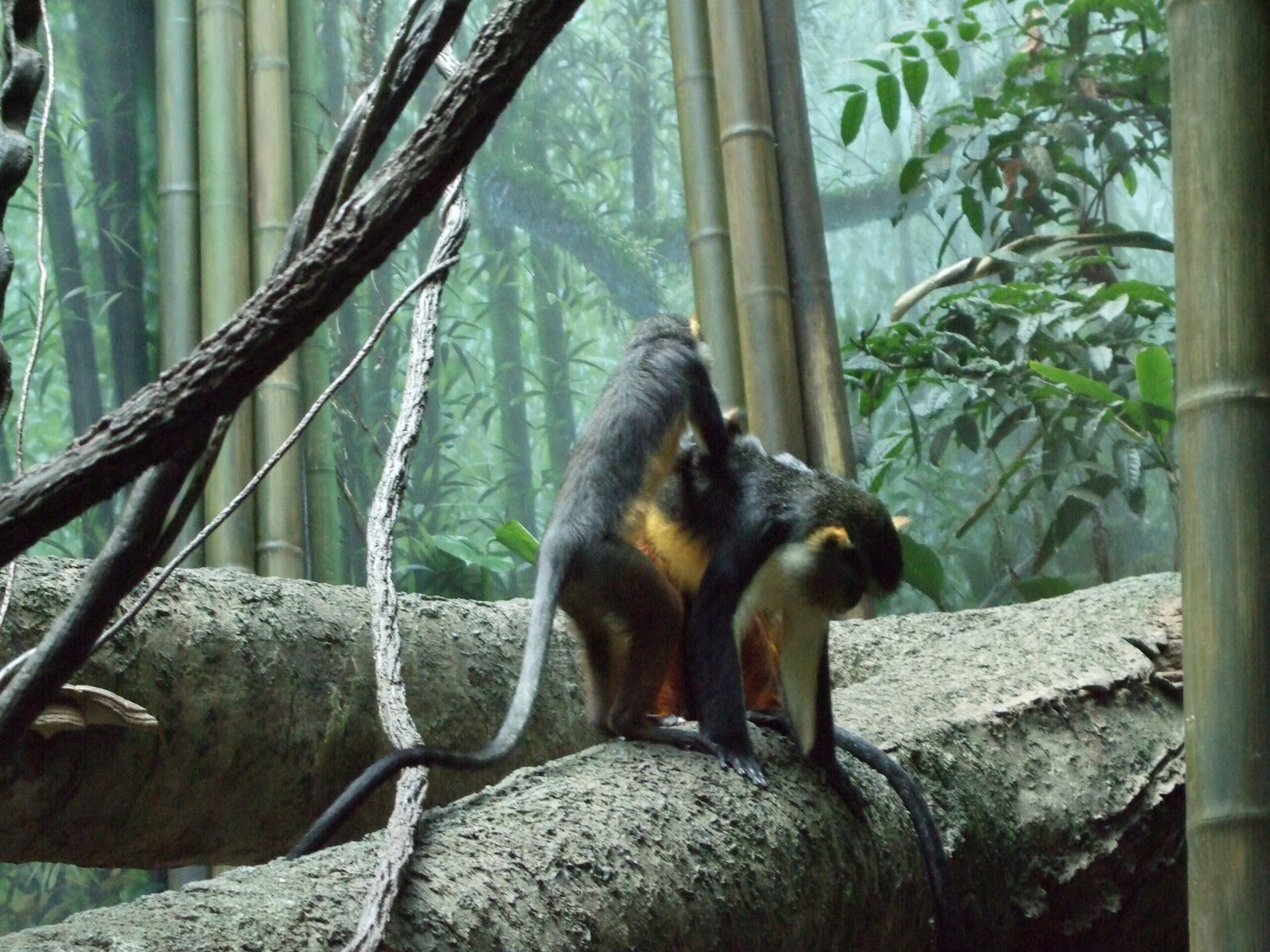
Tucked into the bustling heart of the Bronx, this iconic New York institution is quietly making a massive impact on wildlife rescue. The Bronx Zoo’s Wildlife Health Center operates as a state-of-the-art animal hospital, offering emergency care to animals confiscated from illegal trade or found injured in the city’s parks and waterways. Sea turtles caught in fishing nets, hawks with broken wings, and even exotic pets abandoned by owners are given a second chance here. The zoo’s rescue team works closely with law enforcement and environmental groups to respond to wildlife emergencies throughout the city and beyond. Every animal that passes through their doors is treated with compassion and hope, turning tragedy into triumph.
Chester Zoo: Champions of Conservation in the UK
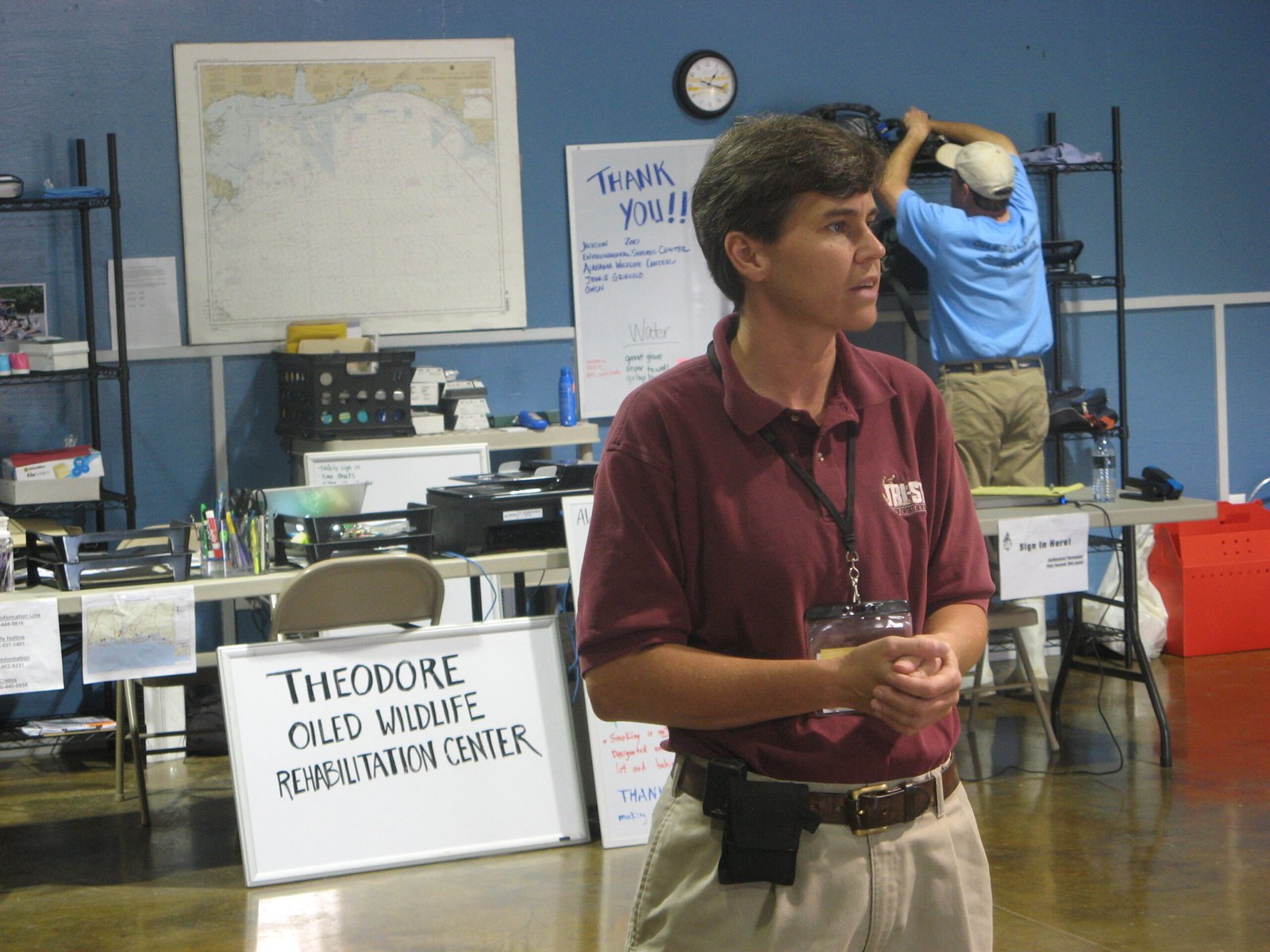
In the lush countryside of Cheshire, Chester Zoo has emerged as one of Europe’s leading centers for wildlife rescue and rehabilitation. The zoo’s dedicated animal care team responds to calls about injured or displaced animals across the UK, with a special focus on native species like hedgehogs, bats, and birds of prey. Their Wildlife Hospital provides advanced veterinary care, using the latest technology to diagnose and treat a wide range of conditions. Chester Zoo also plays a vital role in international rescue efforts, partnering with conservation groups to save critically endangered animals from trafficking or habitat loss. The stories of rescued animals are woven into every visitor’s experience, making conservation personal and urgent.
Durrell Wildlife Park: Saving Species on the Edge in Jersey
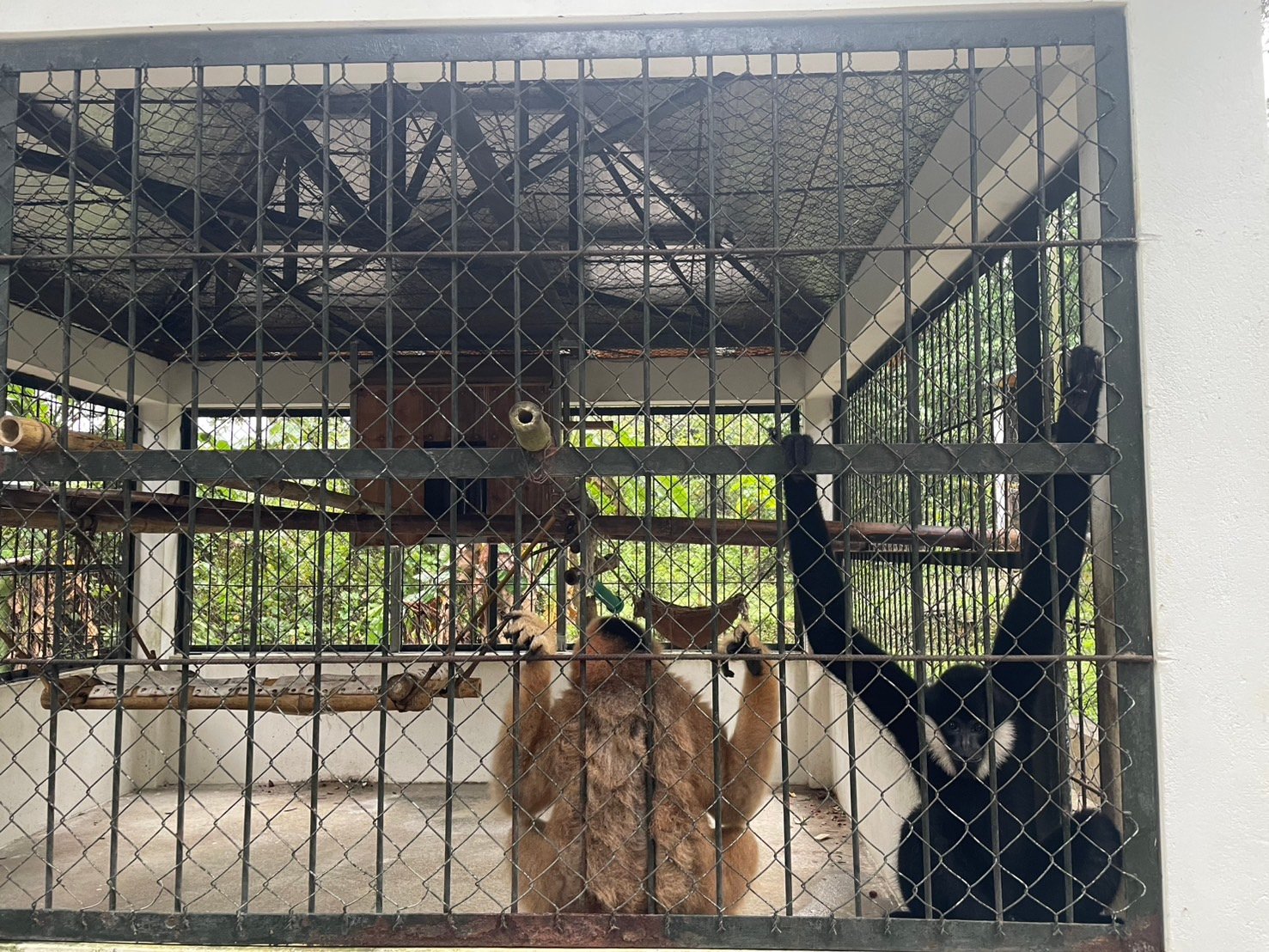
On the tranquil island of Jersey, Durrell Wildlife Park is a sanctuary for some of the world’s rarest creatures. Founded by legendary conservationist Gerald Durrell, the park’s ethos is grounded in the belief that every species, no matter how small, deserves a fighting chance. The rescue and rehabilitation program here focuses on animals that have nowhere else to go—critically endangered frogs, birds, and mammals rescued from disaster zones or illegal pet trades. Durrell’s team develops specialized care routines, often inventing new techniques for species never before kept in captivity. Once rehabilitated, many animals are released into protected habitats, helping to restore fragile ecosystems and prevent extinctions.
Woodland Park Zoo: Healing Wildlife in the Pacific Northwest
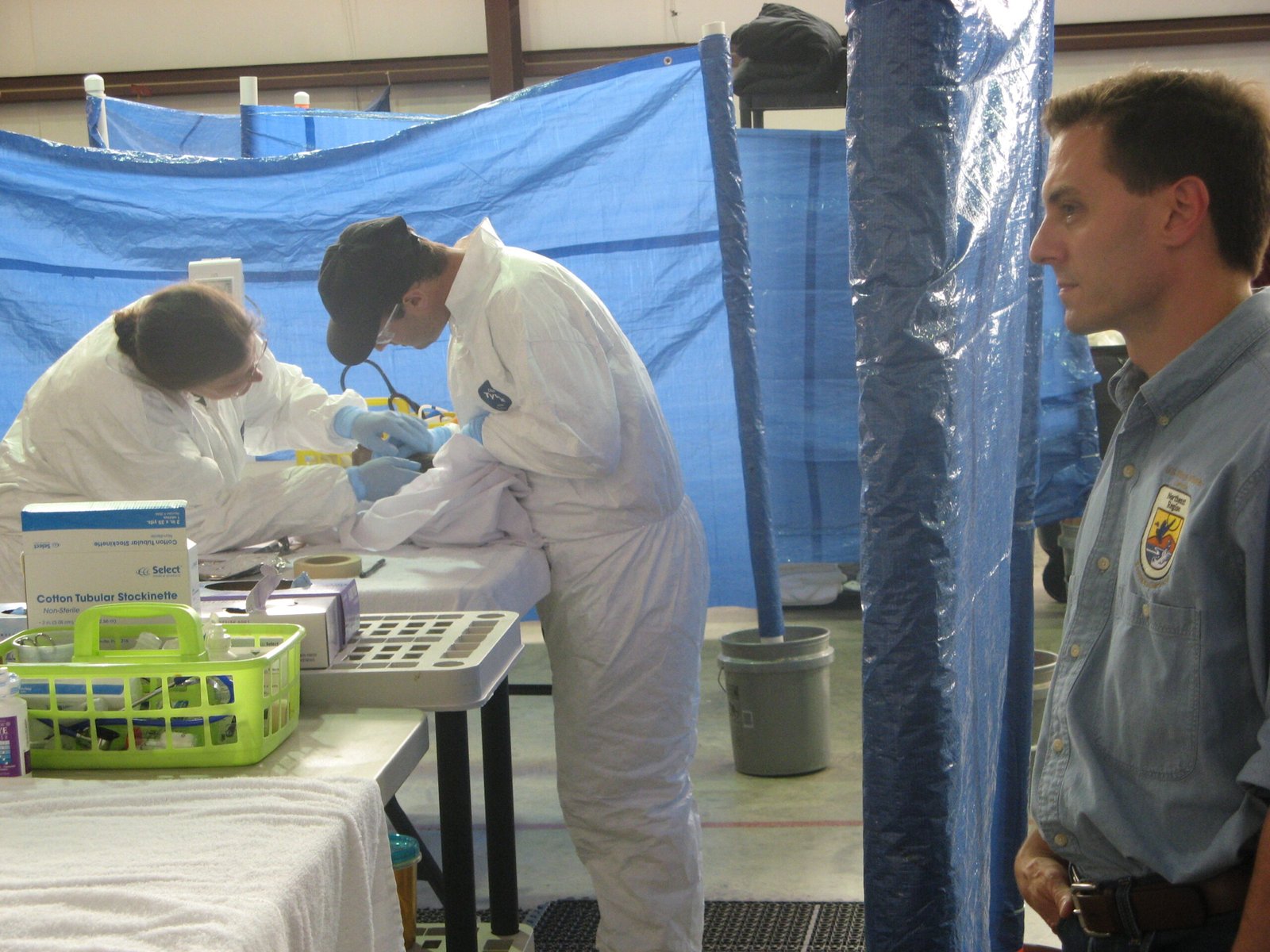
Seattle’s Woodland Park Zoo is not just about playful otters and majestic giraffes—it’s a lifeline for wildlife in distress throughout the Pacific Northwest. The zoo’s dedicated wildlife rehabilitation center treats animals affected by oil spills, window strikes, and urban development. From bald eagles with fractured wings to orphaned river otters, every patient receives individualized care aimed at returning them to the wild. The staff also runs community outreach programs, teaching locals how to coexist with native wildlife and what to do if they find an injured animal. This hands-on approach empowers people to become active participants in animal rescue, extending the zoo’s impact far beyond its gates.
The Power of Zoos in Wildlife Rescue and Rehabilitation
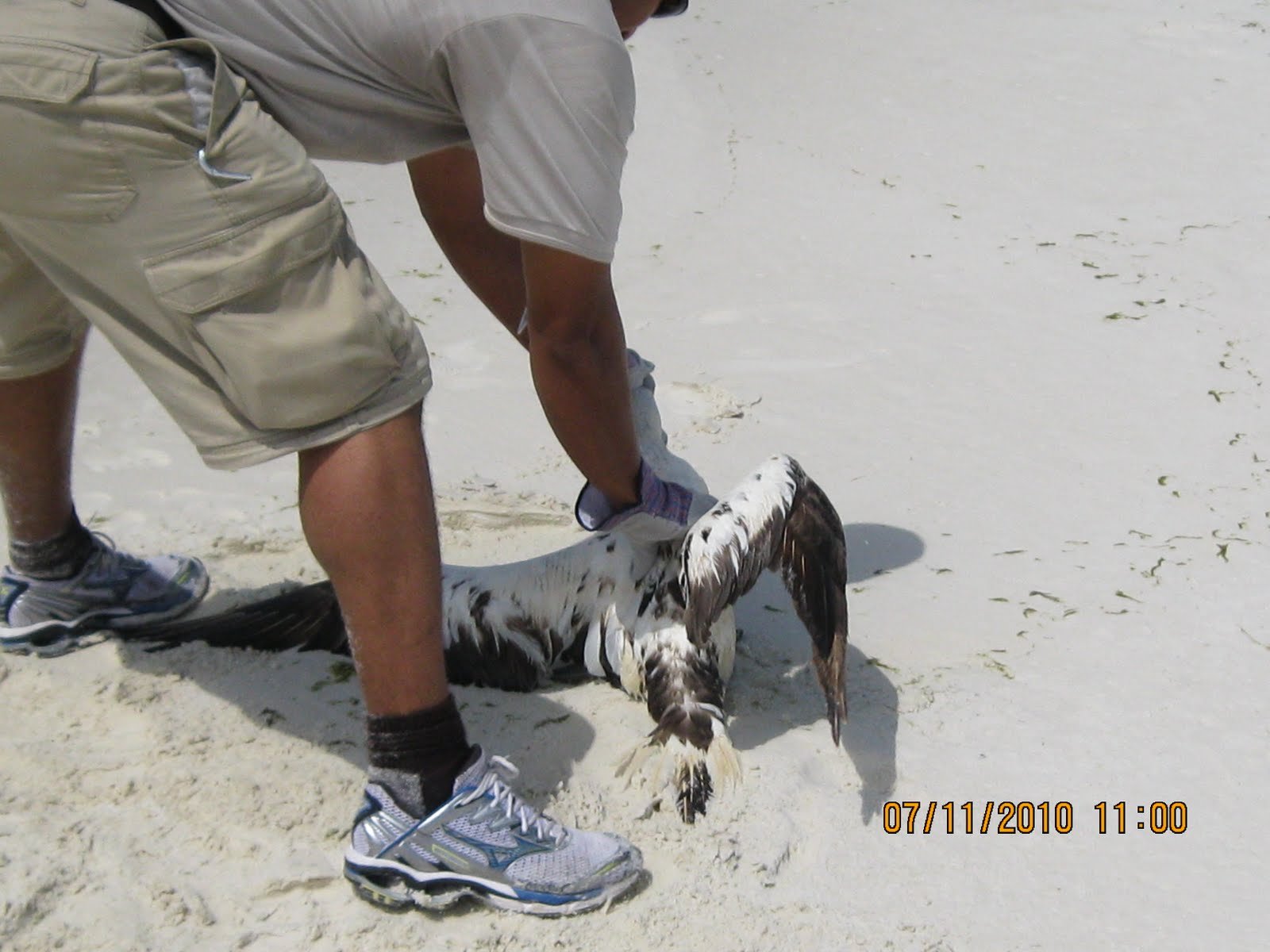
These seven zoos are redefining what it means to be a modern wildlife institution. By merging public education with hands-on rescue and rehabilitation, they bridge the gap between fascination and responsibility. Their teams of veterinarians, biologists, and volunteers work tirelessly behind the scenes, driven by a commitment to give every animal a second chance. The success stories they create—whether a healed eagle soaring free or a rescued pangolin returned to the forest—remind us of our shared duty to protect the natural world. The next time you visit a zoo, remember: you’re not just seeing animals on display, but witnessing the ongoing fight to heal, restore, and preserve the wild wonders of our planet.



